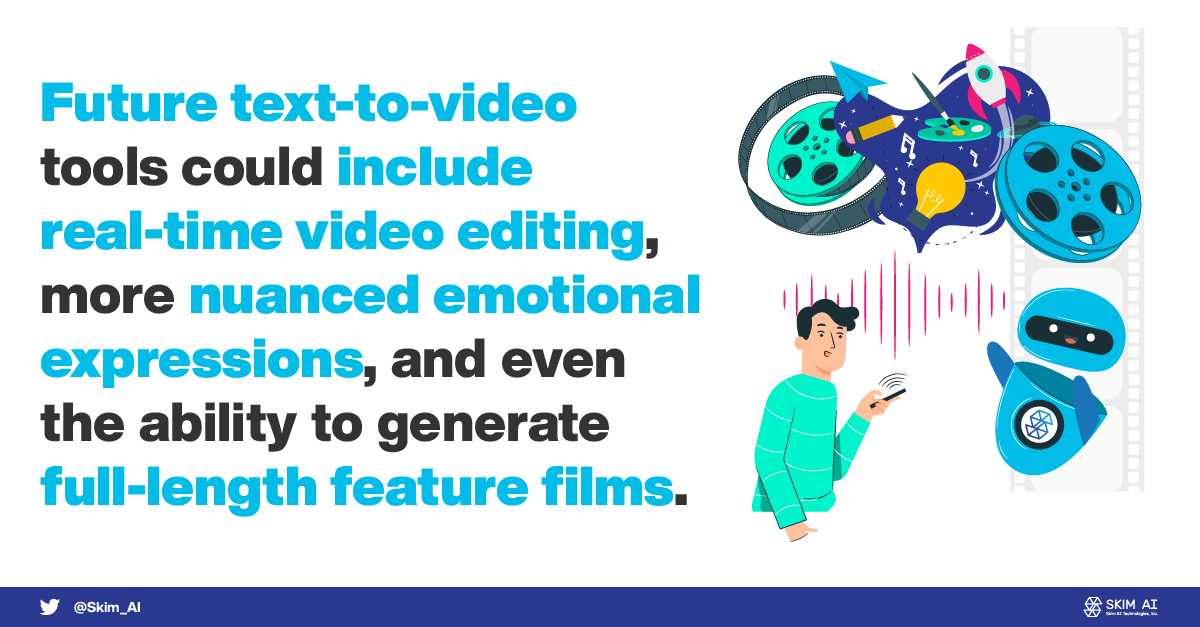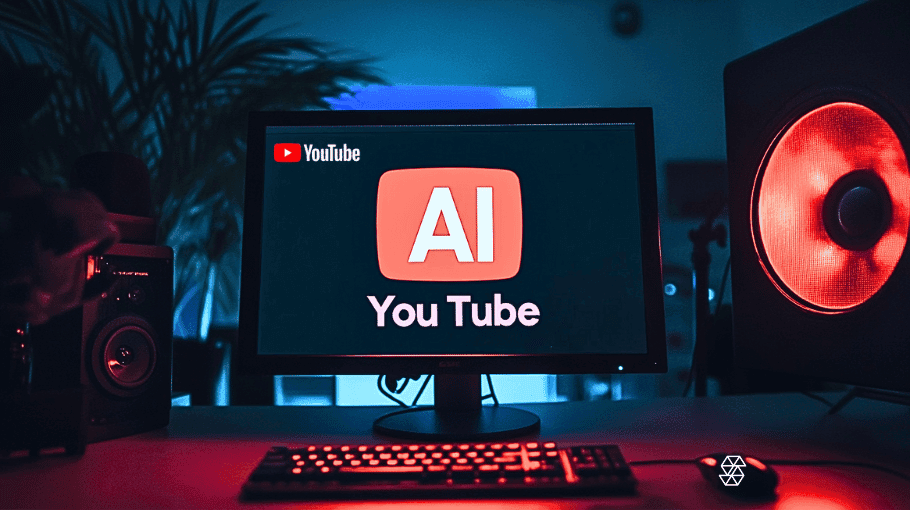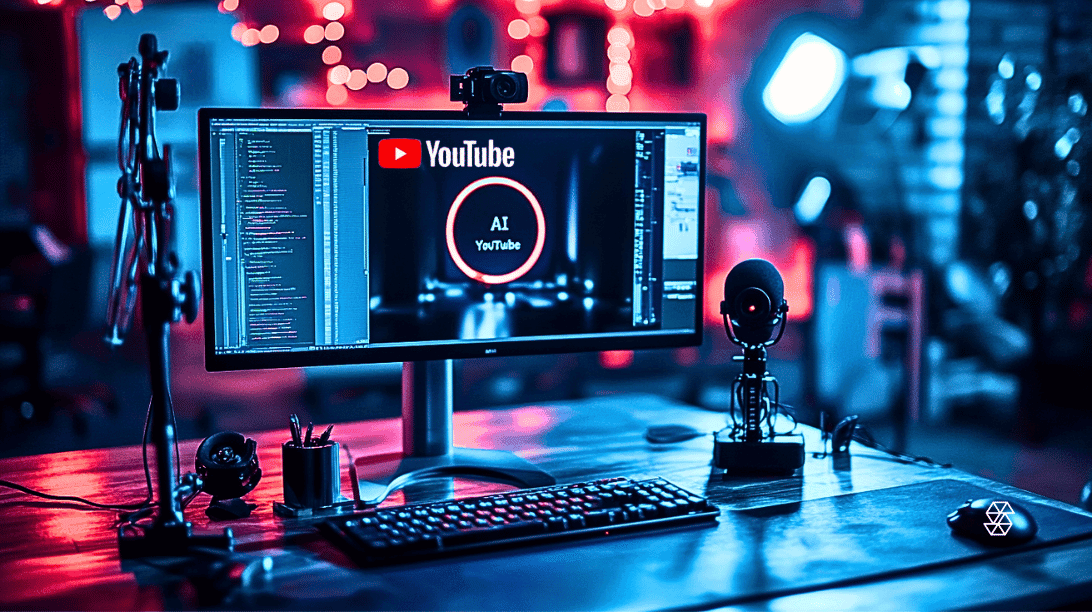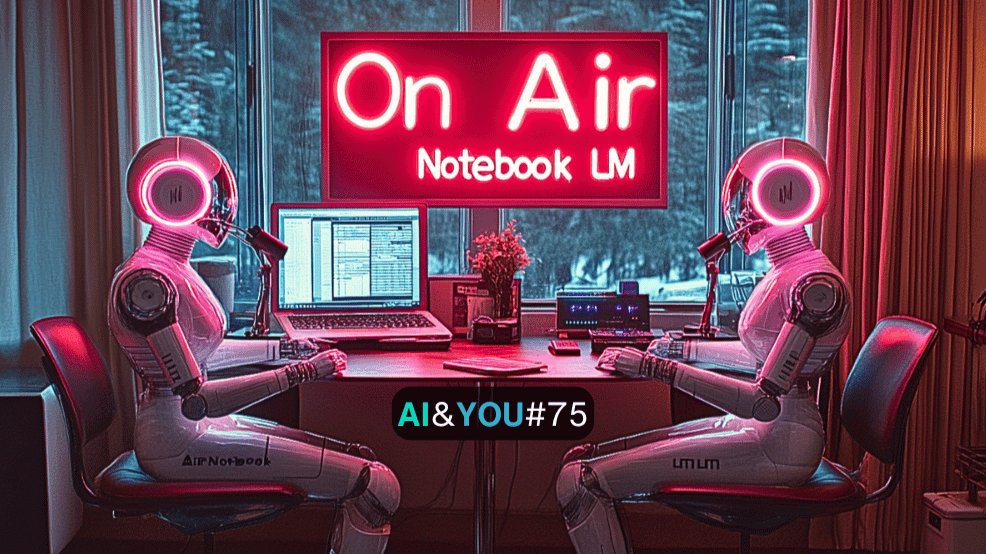AI & YOU #20: The Rise of Text-to-Video (Film) Generators and Their Threat to Hollywood
As AI in film continues to evolve, industry professionals are grappling with the implications. Will these text-to-film technologies democratize filmmaking, or will they pose a threat to the very essence of human-led storytelling in Hollywood?
Building on our extensive experience, including collaborations with film studios in Hollywood, we delve deep into these topics, offering insights and analyses on the future of the entertainment industry.
If you’re intrigued by the potential of text-to-film for your projects, don’t hesitate to schedule an intro call.
Join us as we navigate the exciting intersection of AI and Hollywood, where technology meets artistry.
- AI & YOU #20: The Rise of Text-to-Video (Film) Generators and Their Threat to Hollywood
- What are Text-to-Video Generators?
- The Current State of Text-to-Video Generators
- The Threat to Traditional Filmmaking
- The Future of Text-to-Video in Hollywood
- Navigating AI-Generated Videos and Their Challenges
- How a Director Used Text-to-Video for an Award Winning Film
- Predictions About AI in Hollywood/Film
AI & YOU #20: The Rise of Text-to-Video (Film) Generators and Their Threat to Hollywood
The advent of text-to-video generators is nothing short of revolutionary. These cutting-edge tools leverage generative artificial intelligence (AI) to convert text into engaging videos, effectively blurring the lines between human creativity and machine-generated content. While these advancements are exciting, they also raise pressing questions about the future of Hollywood.
What are Text-to-Video Generators?
Text-to-video generators are advanced software tools that utilize generative AI algorithms to convert text into dynamic video content. At its core, the technology takes a script or a series of text-based instructions and transforms them into a visual narrative, complete with characters, backgrounds, and even special effects. These AI Hollywood tools are not just limited to creating simple animations; they can produce high-quality, engaging videos that rival traditional video editing methods.
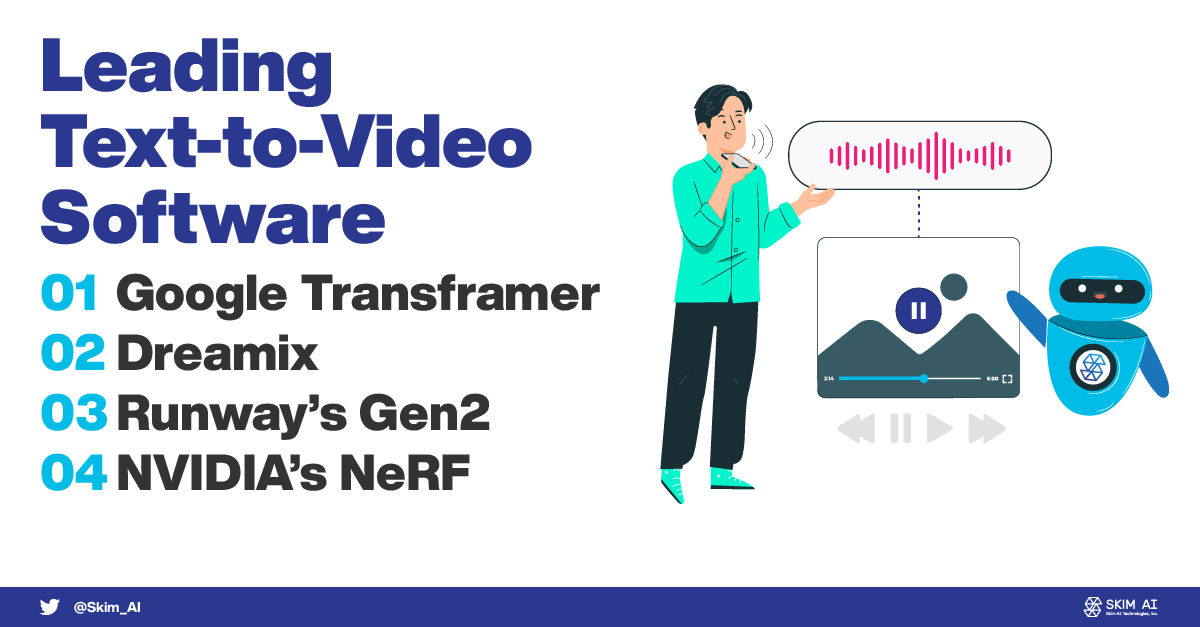
The Current State of Text-to-Video Generators
The rapidly evolving landscape of text-to-video and image-to-video generators is a game-changer for AI in Hollywood. This transformation is being led by a host of groundbreaking platforms, each offering unique capabilities to convert text:
- Google’s Transframer: Specializes in converting a single image into a 30-second video. It uses intelligent algorithms to decide which scenes, elements, and angles should be included to create videos.
Dreamix: Another Google product, Dreamix can identify missing or necessary elements in an image and add them, creating dynamic and engaging videos.
NVIDIA’s NeRF: Known for its ‘inverse rendering’ feature, this tool can convert multiple 2D images into a 3D short video in seconds. It uses a few images and angle data to reconstruct a 3D animation and create videos with remarkable accuracy.
Runway’s Gen2: This versatile generative AI platform can convert images to videos and also accepts a wide range of prompts, including text and other footage, to generate videos.
These are just some of the big names involved in the industry. There are countless other, less-popular tools on the market. Despite not receiving as much attention as the big names, these smaller tools often surpass the capabilities of the main players. We will cover some of these tools in future blogs.
The Threat to Traditional Filmmaking
As text-to-video and image-to-video generators continue to evolve, the implications for traditional filmmaking are both exciting and concerning. On one hand, these AI-in-film technologies offer unprecedented opportunities for creativity and efficiency. On the other, they pose a significant threat to the roles of human actors, directors, and other industry creatives, potentially revolutionizing the very fabric of Hollywood.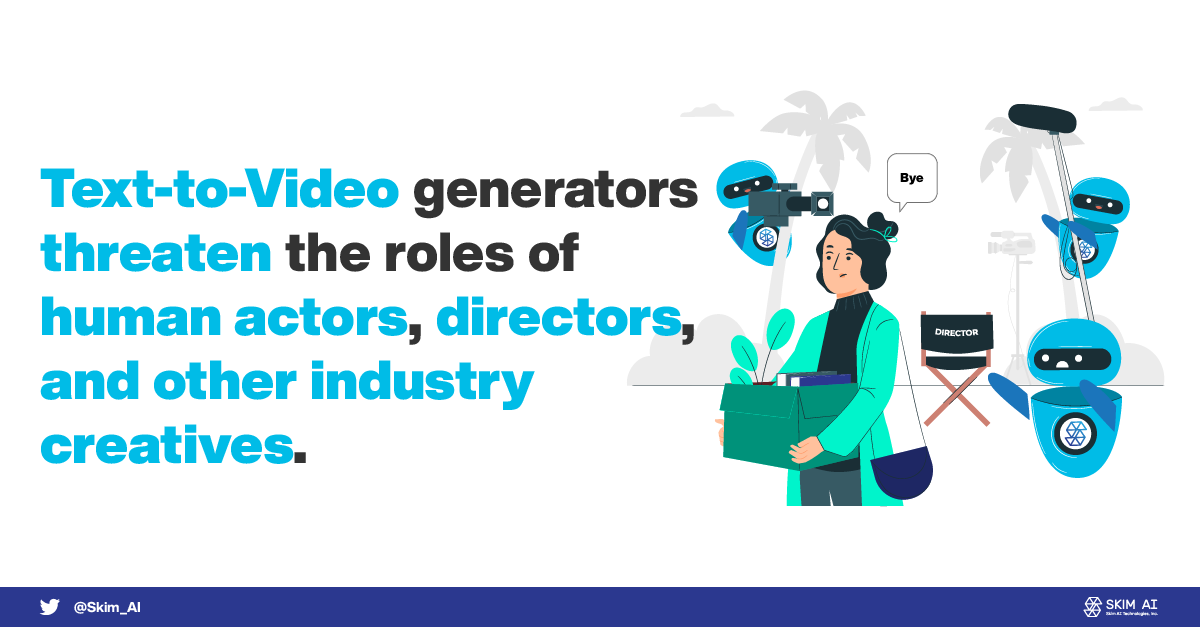
The Future of Text-to-Video in Hollywood
Hollywood, a bastion of creativity and innovation, has the potential to adapt and integrate these cutting-edge tools in various ways. For instance, text-to-video technology could be used in pre-production for storyboard visualization, allowing filmmakers to see a rough cut of a scene before it’s filmed. This could save both time and resources, making the filmmaking process more efficient. Additionally, these tools could be used for creating engaging videos for marketing and promotional purposes, offering a quick and cost-effective way to generate high-quality video content.